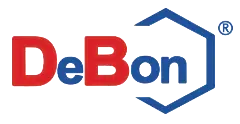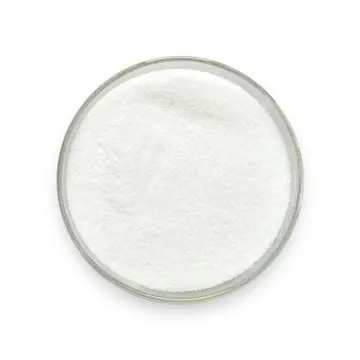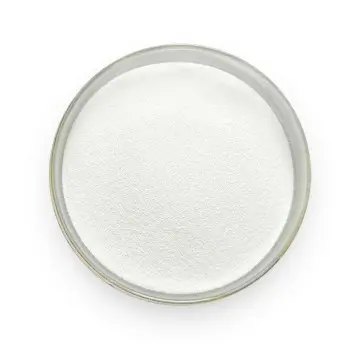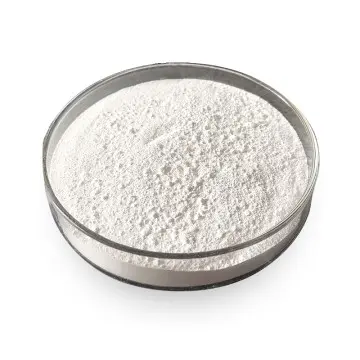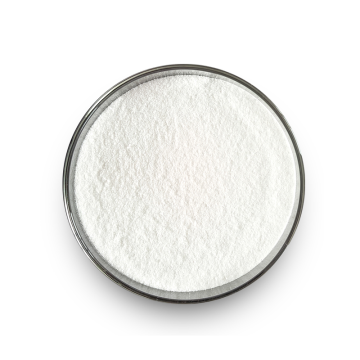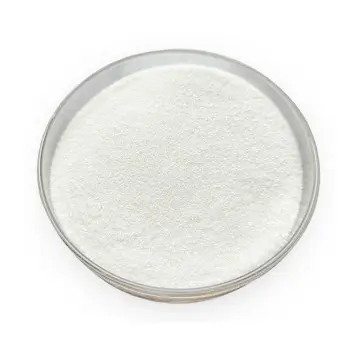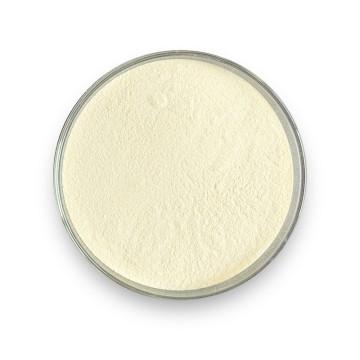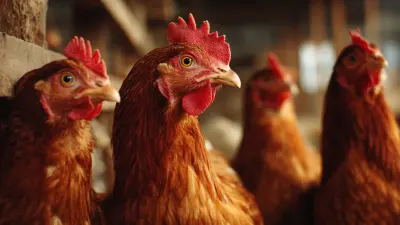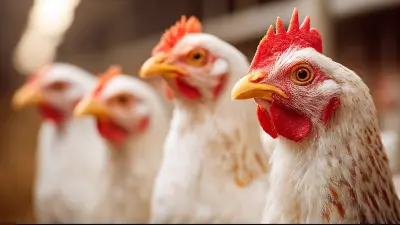Iodine Forms: Organic vs Inorganic for Animal Nutrition Manufacturers
At Hunan DeBon Bio-Tech Co., Ltd., we offer both organic and inorganic iodine options tailored to your specific needs. Our high-quality feed additives comply with industry standards, enriching animal nutrition and promoting livestock growth. Transparency in our pricing ensures you can make informed choices for your supply chain. Partner with us for superior iodine products designed for the feed industry, and enhance your production processes with our commitment to excellence. For detailed information on our offerings and pricing, please contact us.7 Key Tips To Iodine Is Organic Or Inorganic Now Trending in 2025
As the world increasingly pivots toward sustainable practices, the inquiry into whether iodine sources are organic or inorganic is gaining traction. In 2025, global buyers must stay informed about the essential differences between these types of iodine, as they have significant implications for the nutritional quality and health of both plants and animals. Organic iodine typically comes from natural sources that can be more easily absorbed by living organisms, promoting better growth and immunity. On the other hand, Inorganic Iodine, often derived from mineral sources, may offer a cost-effective solution but could pose challenges in bioavailability and potential toxicity if not managed properly. The trend is leading many industries to innovate their approaches to iodine sourcing, focusing on formulations that enhance its organic aspects while ensuring efficacy and safety. Understanding market demands and consumer preferences is crucial for procurement strategies. As buyers evaluate suppliers, it’s essential to prioritize those who are committed to R&D and sustainable practices, ensuring they meet both the nutritional needs of their products and regulatory standards. By exploring advanced solutions that blend nutrition and innovation, companies can satisfy the growing consumer demand for transparency and quality in their food and agricultural supply chains. In this evolving landscape, knowledge is power. As procurement professionals seek reliable iodine sources, staying informed about the advantages and limitations of organic versus inorganic iodine will not only guide purchasing decisions but also foster stronger partnerships grounded in innovation and sustainability. Emphasizing education and awareness will help illuminate the path to a more informed and responsible approach to iodine sourcing in 2025 and beyond.
7 Key Tips To Iodine Is Organic Or Inorganic Now Trending in 2025
| Tip Number | Tip Description | Organic Iodine Sources | Inorganic Iodine Sources |
|---|---|---|---|
| 1 | Understand the difference between organic and inorganic iodine. | Seaweed, fish, eggs | Iodized salt, potassium iodide |
| 2 | Incorporate more sea vegetables into your diet. | Nori, kelp, dulse | None |
| 3 | Check food labels for iodine content. | Organic dairy, organic bread | Processed foods |
| 4 | Consider supplementation if necessary. | Whole food supplements | Synthetic iodine tablets |
| 5 | Consult with a healthcare provider for personalized advice. | Holistic health foods | Lab-synthesized products |
| 6 | Be mindful of excessive iodine intake. | Natural sources from plants | Pharmaceuticals |
| 7 | Stay updated with new research on iodine benefits. | Superfoods rich in iodine | Chemical compounds |
Making Smart Choices Iodine Is Organic Or Inorganic Where Innovation Meets 2025 Exceeds Industry Benchmarks
M
Madison Watson
Incredible quality and the support team was very helpful with my queries. Highly recommend!
22 June 2025
L
Layla Simmons
This product is fantastic! The service team was very responsive and knowledgeable.
05 July 2025
C
Connor Price
Excellent purchase experience! Quality is exceptional and the customer service was great.
19 June 2025
K
Kinsley Turner
Great quality and exceptional service! The team provided valuable insights and support.
08 June 2025
S
Silas Adams
Fantastic quality of product! The after-sales support personnel were very helpful and professional.
26 May 2025
C
Cameron Scott
Amazing product quality and the service staff addressed all my concerns promptly!
24 May 2025
